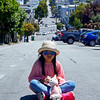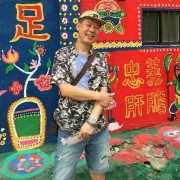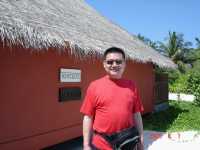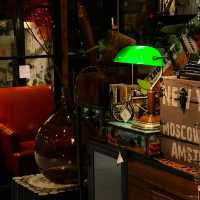The Forbidden City Jinghua Restaurant in Taipei's Palace Museum is very exquisite, the appearance is good, and the Qianlong cabbage dumplings are super beautiful. Although the price is smaller than the average restaurant, it is acceptable. And it is suitable in the scenic spot. Chinese and Western dishes are available, and adults and children are very satisfied. There are a lot of people, it is best to come off the peak.
Silks Palace Review
4.7 /5182 Reviews
Recommended Attractions at Popular Destinations
Bangkok attraction near me | Manila attraction near me | Tokyo attraction near me | Taipei attraction near me | Hong Kong attraction near me | Seoul attraction near me | Kuala Lumpur attraction near me | Los Angeles attraction near me | Shanghai attraction near me | New York attraction near me | Shenzhen attraction near me | Osaka attraction near me | Singapore attraction near me | London attraction near me | Guangzhou attraction near me | San Francisco attraction near me | Beijing attraction near me | Macau attraction near me | Bali attraction near me | Jakarta attraction near me | Paris attraction near me | Ho Chi Minh City attraction near me | Istanbul attraction near me | Phuket attraction near me | Chicago attraction near me | Seattle attraction near me | Toronto attraction near me | Orlando attraction near me | Cebu attraction near me | Chiang Mai attraction near me
Popular Travelogues
Bangkok Travelogue | Tokyo Travelogue | Hong Kong Travelogue | Seoul Travelogue | Kuala Lumpur Travelogue | Los Angeles Travelogue | Shanghai Travelogue | New York Travelogue | Shenzhen Travelogue | Osaka Travelogue | Singapore Travelogue | London Travelogue | Guangzhou Travelogue | Beijing Travelogue | Macau Travelogue | Paris Travelogue | Phuket Travelogue | Chicago Travelogue | Orlando Travelogue
Popular Ranked Lists
Top 5 Best Things to Do in She County | Popular Best Things to Do in Daqing | Top 5 Best Things to Do in Chaozhou | Top 3 Best Things to Do in Cixi | Popular Premium Hotels Near Pekanbaru City | Top 7 Local Restaurants in Shangrao | Popular Luxury Hotels Near Edgartown | Top 10 Local Restaurants in Miami | Top 10 Local Restaurants in The Rocks | Top 10 Local Restaurants in Adelaide | Top 5 Best Things to Do in Taizhou | Top 9 Best Things to Do in Xilingol League | Top 9 Best Things to Do in Chifeng | Top 10 Local Restaurants in Koh Samet | Top 7 Best Things to Do in Enshi Prefecture | Popular Luxury Hotels Near George Town | Top 10 Local Restaurants in Kamakura | Popular Luxury Hotels Near Gonyeli | Top 10 Local Restaurants in Dhaka | Popular Best Things to Do in Meizhou | Top 10 Local Restaurants in Naha | Popular Luxury Hotels Near Marina di San Vito | Popular Premium Hotels Near Tuktuk Siadong | Top 18 Best Things to Do in Honghe | Popular Luxury Hotels Near Vakarufalhi | Popular Premium Hotels Near Senapelan | Top 10 Local Restaurants in Johannesburg | Top 9 Best Things to Do in Qingyuan | Top 8 Best Things to Do in Qujing | Top 6 Best Things to Do in Bijie
Payment Methods
Our Partners
Copyright © 2025 Trip.com Travel Singapore Pte. Ltd. All rights reserved
Site Operator: Trip.com Travel Singapore Pte. Ltd.
Site Operator: Trip.com Travel Singapore Pte. Ltd.


















